Industrial Revolution and Textiles
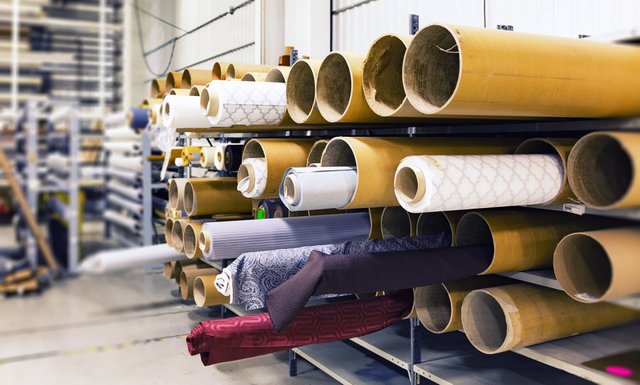
The industrial revolution was a time period in which industry and technology grew rapidly. The main cause of this rapid growth was the introduction of new technologies, such as steam power, that made production more efficient. Textiles were one of the key industries during the industrial revolution because they became increasingly specialized and mass-produced.
This specialization led to dramatic changes in how textiles were used and produced.
The Industrial Revolution was a time of great change for people all over the world. It started in the late 18th century and lasted for about a hundred years.
During the Industrial Revolution, people started to use machines to make things. This made it possible to save a lot of time and produce more things. As a result, the Industrial Revolution affected many different areas of life.
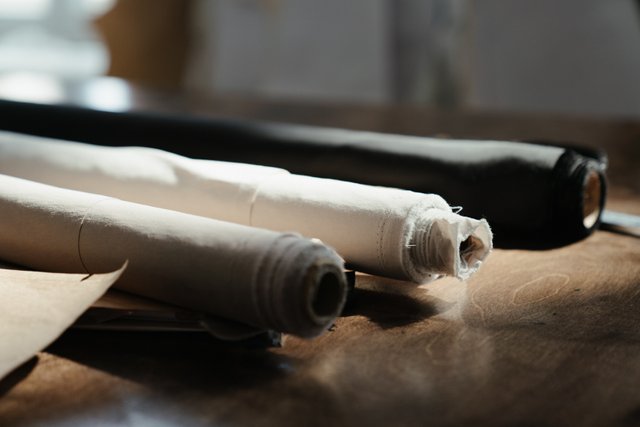
One area where the Industrial Revolution had a big impact was in the production of textiles. During the Industrial Revolution, textiles became much more important. This was because textiles are very versatile. They can be used in many different ways, including being used in clothing. As a result, the demand for textiles increased, which led to the Industrial Revolution affecting the textile industry.
As a result of the Industrial Revolution, many people became involved in the textile industry. This included workers in factories and also people who produced the textiles. As the textile industry became more important, it lead to a rise in the wages of workers in the industry. Additionally, the industrial revolution led to the production of new types of textiles.
The Industrial Revolution had a huge impact on the textile industry. It led to the production of new types of textiles, which in turn led to a rise in the wages of workers in the industry. Additionally, the industrial revolution led to the production of textiles being used in many different ways, which increased the demand for textiles.
Textile industry before industrialization
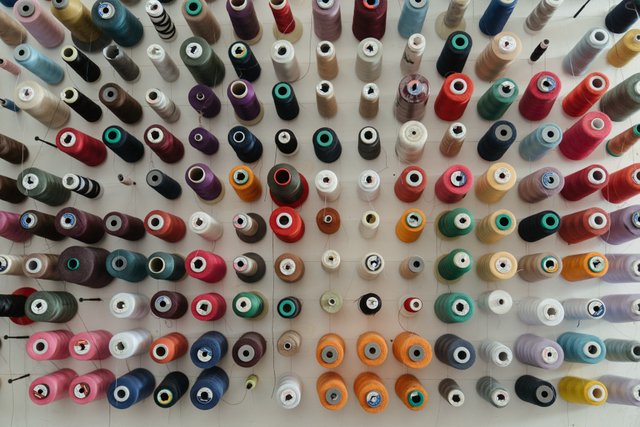
The textile industry before industrialization was based largely on hand-weaving. The main fiber used in these textiles were cotton, linen, and wool. These materials were spun into yarn by women or men using a wheel or distaff; the latter being more common in rural areas. Yarn was then woven on a loom with different thread colors to produce cloth.The earliest examples of looms date back to 3000 BC and are found in Egypt and Mesopotamia. Cloth production increased as civilizations grew richer, since finer fabrics could be produced with greater luxury items like sheets, towels, napkins etc.
There has been a long history of textiles in the world. From traditional textiles to modern day fabrics, textile production has always played a central role in human society. Traditional textiles are created from natural fibers, like cotton, linen, wool, and silk, which are typically produced by hand.
During the early stages of the industrial revolution, textile production in Europe was based largely on hand spinning and weaving. However, the increasing demand for cloth and the difficulty of producing textiles using traditional methods led to the widespread use of machines in the textile industry.
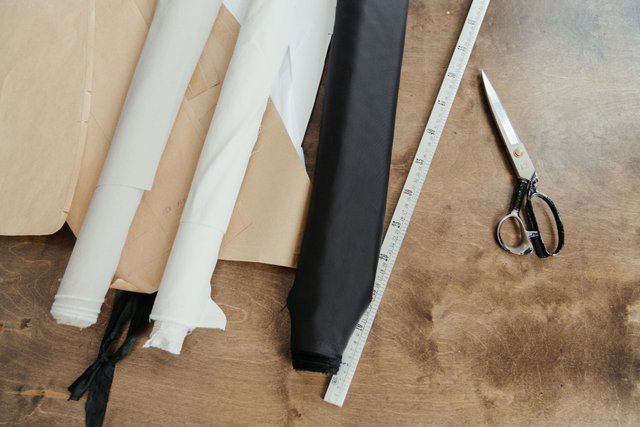
The arrival of the industrial revolution marked a significant era in the history of the textile industry. Prior to the industrial revolution, textiles were produced using traditional methods using natural fibers. machine-based production revolutionized the textile industry by enabling the production of large quantities of textiles in a short amount of time. This increase in production led to a decrease in the price of textile materials and an increase in the efficiency of textile production.
During the industrial revolution, textile production underwent a number of significant changes. First, the use of machines increased the rate of production and decreased the amount of labor necessary to produce textiles. Second, the use of chemicals and other technological advances allowed for the production of new types of fabrics and enhanced the quality of current types of fabrics. Third, the development of new marketing strategies enabled the widespread sale of textiles across a wide range of markets.
The history of the textile industry is a long and complex one that has played a central role in human society for centuries. The arrival of the industrial revolution marked a significant era in the history of the industry, and the subsequent changes led to an increase in the efficiency and quality of textile production.
Textile industry history

The textile industry has a long and complex history. This article will discuss the early development of the textile industry, including factors that influenced its growth, as well as some of the key players in this field. It will also explore issues related to cotton production and fiber technologies, and highlight developments in spinning and weaving technology over time.
The history of the textile industry is a long and complicated one that dates back many centuries. Textile production has undergone many changes over the years, due to advances in technology.
The early days of the textile industry were marked by the use of raw materials such as wool and cotton. These materials were carded and combed to produce a wide range of fabrics, including woolen clothing, carpets, and tapestries.
As technology has evolved, the textile industry has undergone a number of changes.
Today, textile production is based on the use of machinery and advanced manufacturing processes. This is why advanced textile technologies are so important for the industry. These technologies allow for the production of more sophisticated and durable fabrics.
In addition, trends in the textile industry are constantly changing. For example, there is a trend towards the use of sustainable materials. This is because sustainable fabrics are environmentally friendly and do not contribute to climate change.
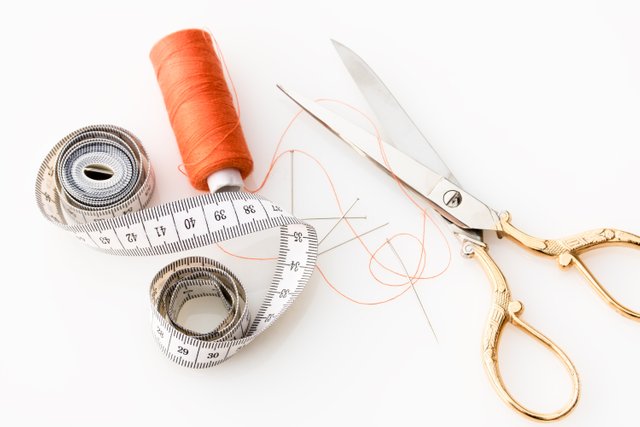
In Summary, the history of the textile industry is a long and intricate one. It has experienced many changes due to advances in technology, and this will continue to happen in the future. Thanks to advances in textile technology, we are able to produce more sophisticated and durable fabrics that are environmentally friendly.
The history of the textile industry is a long and complicated one that dates back many centuries. Textile production has undergone many changes due to advances in technology, and this will continue to happen in the future.
Textile Industry Today
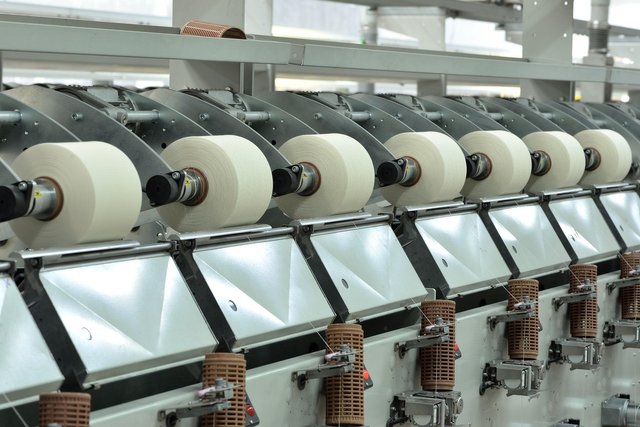
A rapidly changing textile industry is constantly providing new opportunities for fashion designers, weavers and manufacturers worldwide. Advances in technology have led to the development of more sustainable textile materials, which has resulted in higher demand for environmentally friendly fabric products.
The increasing popularity of organic fabrics has also contributed to the growth of the textiles industry. In recent years, there has been a significant increase in social media marketing initiatives by various brands and businesses across all sectors.
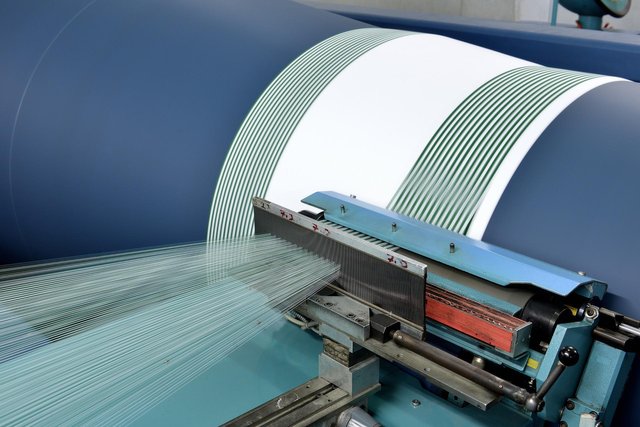
Textile industry is one of the oldest and the most important industries in the world. It dates back to the prehistoric period. The Egyptians were probably the first to weave fabrics and later on, the Romans and Greeks copied their methods.
The first cotton gin was invented in 1783 by a man named Jethro Tull. The textile industry has seen a lot of changes over the years. It went through a period of intense growth during the Victorian era, when new technologies such as the spinning jenny, the power loom, and the cotton gin were developed.
However, after World War II, the industry went through a rapid decline. This was followed by a period of stagnation in the 1970s and 1980s. However, since the 1990s, the textile industry has seen a revival, thanks to a number of factors such as the expansion of the global market, the rise of China as a major player in the global market, and the development of new textile technologies.
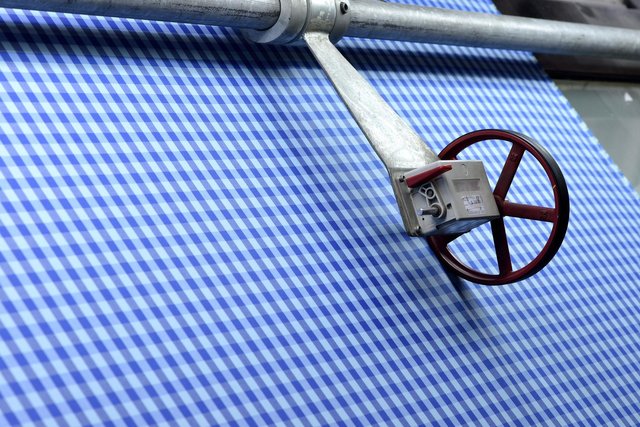
The textile industry has undergone a lot of changes over the years. In fact, it has changed so much that it is no longer classifiable as an industry. Textile products today are not primarily made out of cotton and linen, as they were in the days of old.
Today, textiles are made of a wide variety of materials, including polyesters, polyamides, and rayon. In addition, textiles are now often made out of synthetic materials, such as polyethylene, polypropylene, and polyurethanes.
There are a number of challenges facing the textile industry today. chief among these are the ever-growing global environmental concerns, the increasing demand for sustainable textile products, and the increasing production costs.
The textile industry is an important part of the global economy. It has seen a lot of changes over the years, but it is still one of the most dynamic and rapidly-growing industries in the world.